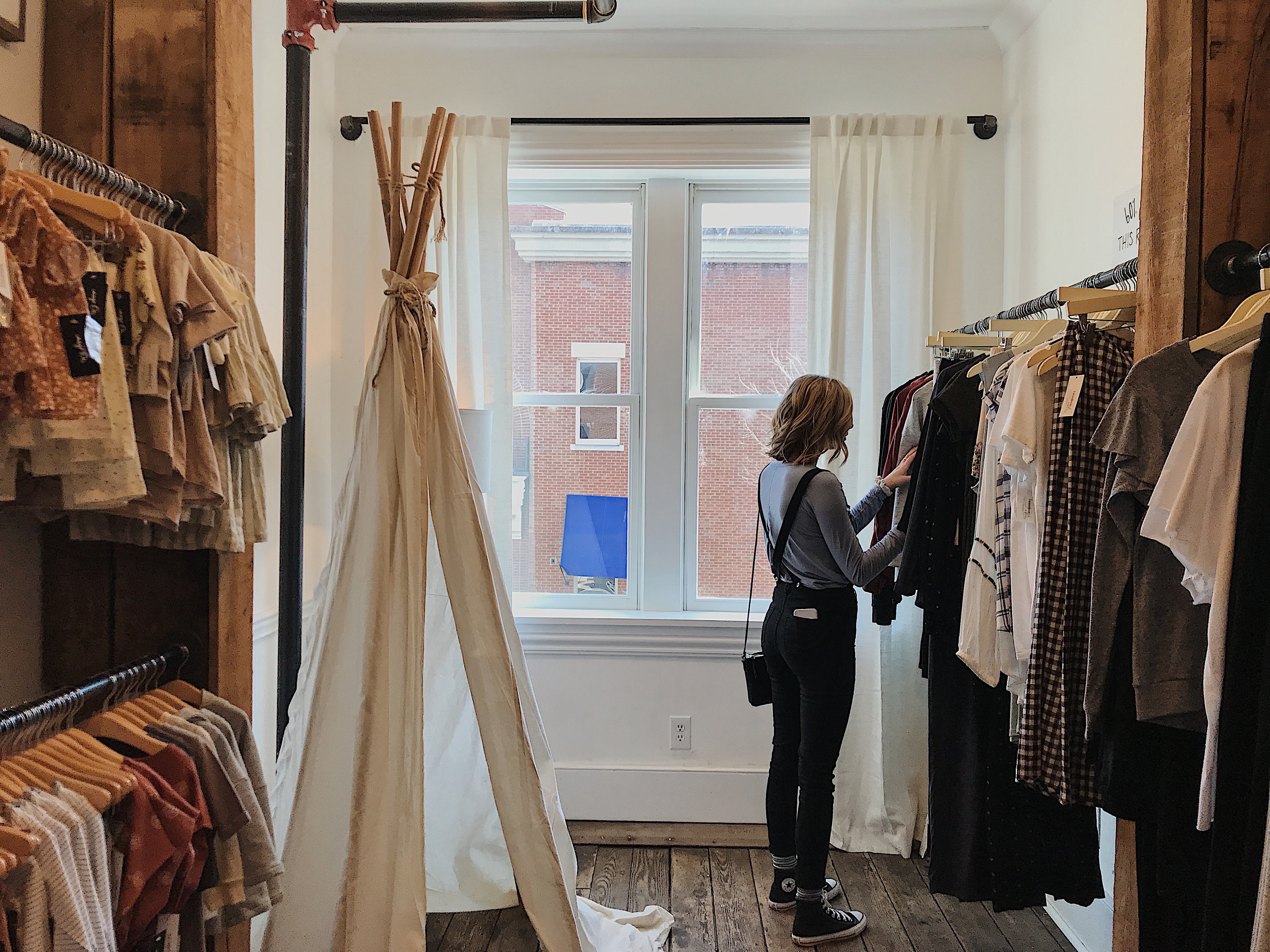
Step into any memorable retail store and you might forget that behind all that engaging technology, innovative design, window display design, and beautiful branding there are some pretty simple principles.
In this article, we take you back to basics, helping you define what makes a physical retail experience hot – and what makes it not.
Create a buzz with eye-catching window displays
Visual merchandising is more than just window display design and dressing: it is the first chapter in a story that should travel through the whole retail space. Make it unique, creative and eye-catching, and you’ll tempt customers through your doors. Create something that’s uninspired, cluttered and boring, and you’ll lose them to the next shopfront.
But how do you craft a display that’s going to appeal to all tastes? Quite frankly, you don’t. It’s important that you consider your target audience – what’s going to make your customers stop in their tracks? And what’s going to encourage them to come inside? The best windows make an impact, not just through bolshy design, but through those little “just so” details. Remember your audience, and you have a good chance of creating a window that gets noticed by the right people.
Tell a story through your store layout
Your store layout is one of the most important tools in a retail designer’s arsenal. So no wonder there’s such a wealth of tricks of the trade when it comes to creating the perfect space. Psychologists tell us that displaying the most valuable goods in sorted categories can encourage impulse purchases, while colour combos can lure attention to a certain part of the store.
But your store layout shouldn’t just be about getting the most bang for your buck. By breaking up the space into zones, for example, you can continue the story you started in your window display.
How do you want your target audience to see when they enter the store? What should they interact with first? Work out how you’d like your customers to feel as they move through the store, and the fine details will fall into place.
Engage all the senses
We don’t just shop with our eyes, but with all our senses. It explains why explicit marketing messages are so often ignored. In fact, one group of neuroscientists used fMRI (functional magnetic resonance imaging) to work out which part of our brain is actually engaged when exposed to advertising. They found that 85-95% of consumer decisions occur on the subconscious level, suggesting that focusing only on the visual aspect of your store just isn’t enough.
Instead, consider each sense. Gentle background music has been shown to fuel in-store spend (by as much as 39.2%, one study found), and scents can even inspire customers to head to the checkout (Nike discovered that intention to purchase increased by 80% after introducing scents to their stores). Taste and touch are also essential to experiential retail – free samples, expert demonstrations, workshops and interactive technology turn a shopping trip into a truly memorable experience.
Conclusion
Retail may be evolving, but the principles of its design remain the same. Captivating window display design; intuitive yet imaginative store layouts; and rich multi-sensory experiences – all tied together by a focus on your target customer – are all the building blocks of exceptional retail design.
